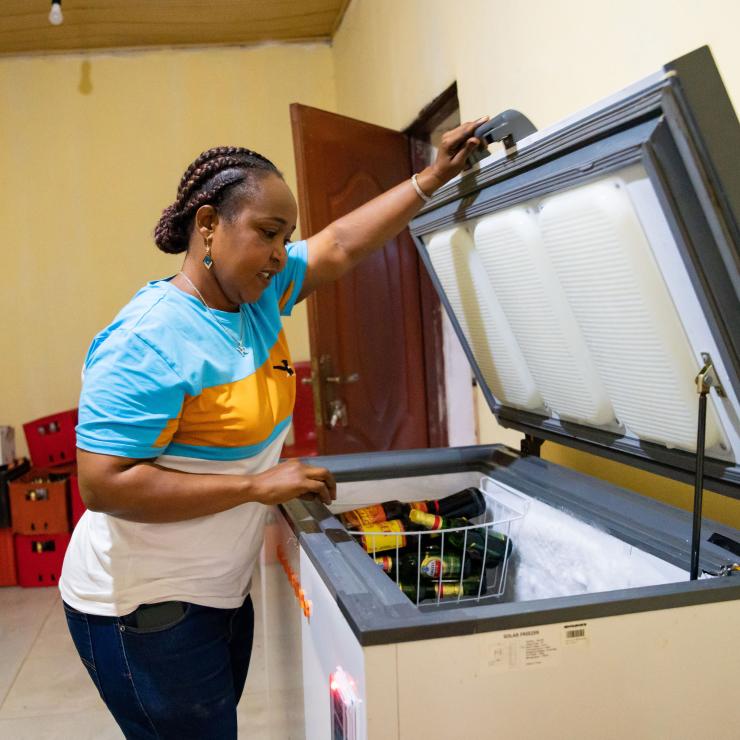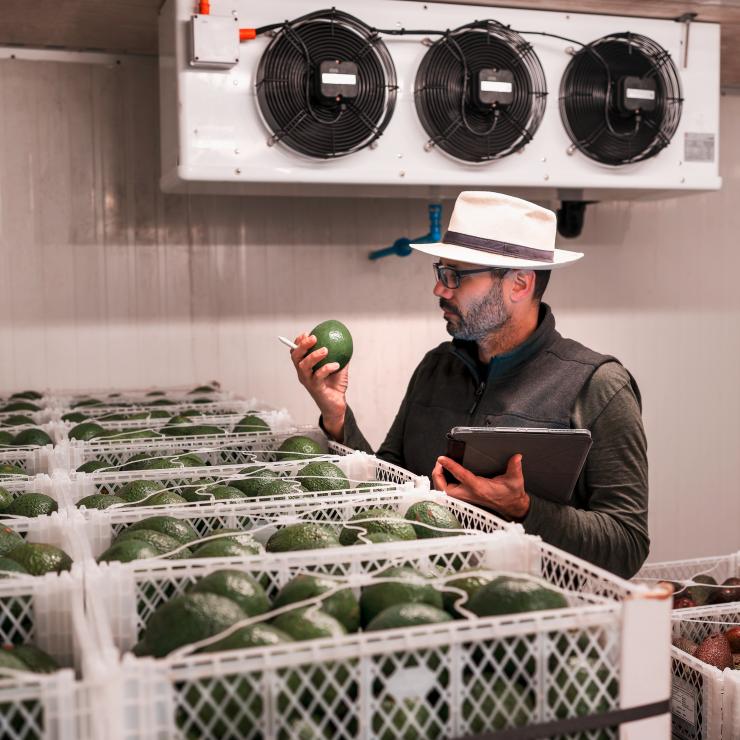Chilling Prospects: Tracking Sustainable Cooling for All 2025
The Chilling Prospects analysis leverages best available data to map cooling access gaps faced by populations in the Global South, identifying where these groups are and the key factors driving vulnerability. The report provides a year-over-year view, covering 77 countries, including 54 high-impact countries where risks exist on a national scale, and 23 countries with high-temperature regions where risks are analyzed at a subnational level.





